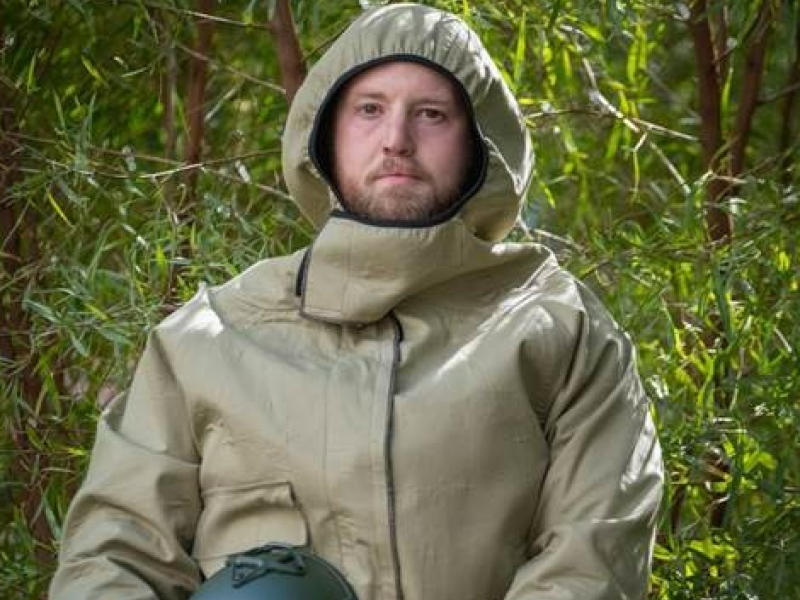A protective suit made of ground-breaking nanofibre technology has been developed by the national science agency to shield Australian troops from chemical and biological threats.
The prototype suit, which the CSIRO is now seeking funding to manufacture at scale, is made of fabric that can filter harmful particles while remaining lightweight and breathable.
In reducing the risk of heat exhaustion or fatigue compared with existing suits, the suits could also have applications outside of the military, including with hazmat crews and other emergency responders.
Defence Materials Technology Centre (DMTC) has coordinated the latest phase of development through an industry-research consortium that began in 2021, and owns the intellectual property.

DMTC worked with RMIT University, the Defence Science Technology Group, Bruck Textiles, and New Zealand-based NanoLayr, in addition to the CSIRO, under the $3 million grant from the former Defence Innovation Hub.
But the nanofibre technology is based on years of research at DSTG, CSIRO project lead Dr Yen Truong and DMTC head of government relations Harry Baxter told InnovationAus.com.
The national science agency also previously secured an $8.6 million contract through the Defence Innovation Hub in 2022 for advanced respirators based on a different nanofibre composite material protecting against harmful particles.
Under the latest technology demonstrator phase, CSIRO developed two different polymer formulas to produce the nanofibres that “effectively filters out harmful particles while remaining highly breathable,” Dr Truong said.
The suit surpassed all performance targets through “rigorous testing”, meaning it can maintain “comfortable temperatures even in extreme conditions, and offers superior protection from hazardous chemicals”.
It reached a critical juncture in “early 2023 with the successful production of 90 metres of the fabric by Bruck Textiles”, Dr Truong and Mr Baxter said, allowing the consortium to move beyond the pilot.
DMTC is now working with “prospective partners and with Australian industry, including prime contractors, to scope follow-on phases of development incorporating further testing and performance assessment, and scale-up to higher levels of production”.
The DMTC-led project also led to a skills uplift for textile industry participants in nanofibre and composite fabric production, according to the joint statement from CSIRO and DMTC.
Do you know more? Contact James Riley via Email.

